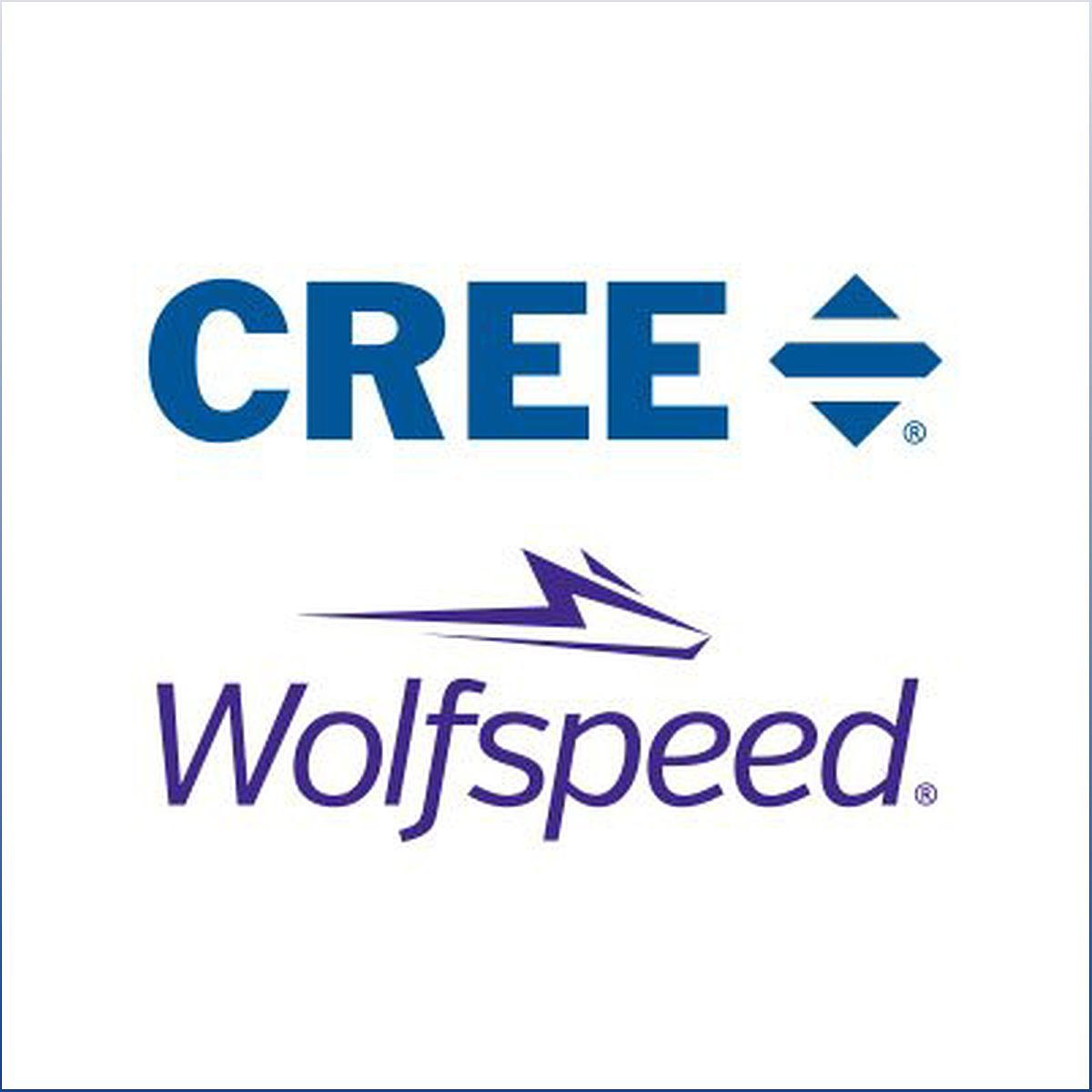Explore the financial health of Wolfspeed Inc and assess if it is a value trap. Dive into the Piotroski F-score, Altman Z-score, and other crucial indicators to gain insights into the stock's potential risks. Understand the company's profitability, leverage, liquidity, and operating efficiency to make informed investment decisions. While the stock may appear undervalued based on GF Value, it is essential to consider the warning signs and conduct thorough due diligence before investing.
Understanding GF Value
The GF Value is a unique measure that takes into account historical multiples such as PE Ratio, PS Ratio, PB Ratio, and Price-to-Free-Cash-Flow to determine the current intrinsic value of a stock. It also considers the company's past performance and future business projections, providing a benchmark for fair value.
Investors should pay attention to the GF Value as it indicates the price at which the stock should ideally trade. Deviations from this value can indicate potential overvaluation or undervaluation.
Financial Health Indicators: Piotroski F-score and Altman Z-score
The Piotroski F-score assesses a company's financial health by considering profitability, leverage, liquidity, and operating efficiency. A higher score indicates a healthier financial state. In the case of Wolfspeed Inc, its low Piotroski F-score of 2 raises concerns about its financial stability.
The Altman Z-score predicts the likelihood of a company facing bankruptcy within two years. A score below 1.8 suggests a high risk of financial distress. Wolfspeed Inc's score of 0.6 further emphasizes the potential risks associated with the stock.
Company Overview and Financial Analysis
Wolfspeed Inc is a manufacturer of wide bandgap semiconductors, specializing in silicon carbide and gallium nitride materials and devices for power and RF applications. The company serves various sectors, including transportation and wireless systems, with a significant revenue stream from Europe.
However, when examining Wolfspeed's profitability, the company's negative return on assets (ROA) over the past three years raises concerns. The consistent decline in ROA percentages indicates potential issues with the company's financial performance.
Furthermore, Wolfspeed's cash flow from operations is negative, and its net income is even lower. This discrepancy raises red flags about the company's earnings quality and financial sustainability.
Leverage, Liquidity, and Source of Funds: A Worrying Trend
Wolfspeed Inc's increasing debt-to-total assets ratio is a cause for concern. The rising figures suggest that the company is taking on more debt to finance its assets, increasing its financial risk.
Investors should also pay attention to the company's liquidity and source of funds. Understanding how Wolfspeed Inc manages its cash flow and funding can provide insights into its financial stability.
Operating Efficiency: A Darker Picture
An examination of Wolfspeed's Diluted Average Shares Outstanding reveals an increase over the years, indicating share dilution. This can impact the value of existing shares if the company's earnings do not grow proportionally.
Additionally, the company's declining gross margin percentage and asset turnover suggest potential operational challenges. These factors can further impact the company's financial performance and overall efficiency.
Conclusion: The Value Trap Diagnosis
Considering Wolfspeed Inc's low Piotroski F-score, Altman Z-score, declining profitability metrics, increasing debt levels, and operational inefficiencies, it is crucial for investors to exercise caution. While the stock may appear undervalued based on GF Value, these warning signs suggest that the intrinsic value may not be realized, and the risk of financial distress is higher than it seems.
Thorough due diligence is essential before making any investment decisions. Investors should consider conducting a comprehensive analysis of the company's financial health and evaluating potential risks to make informed choices.

